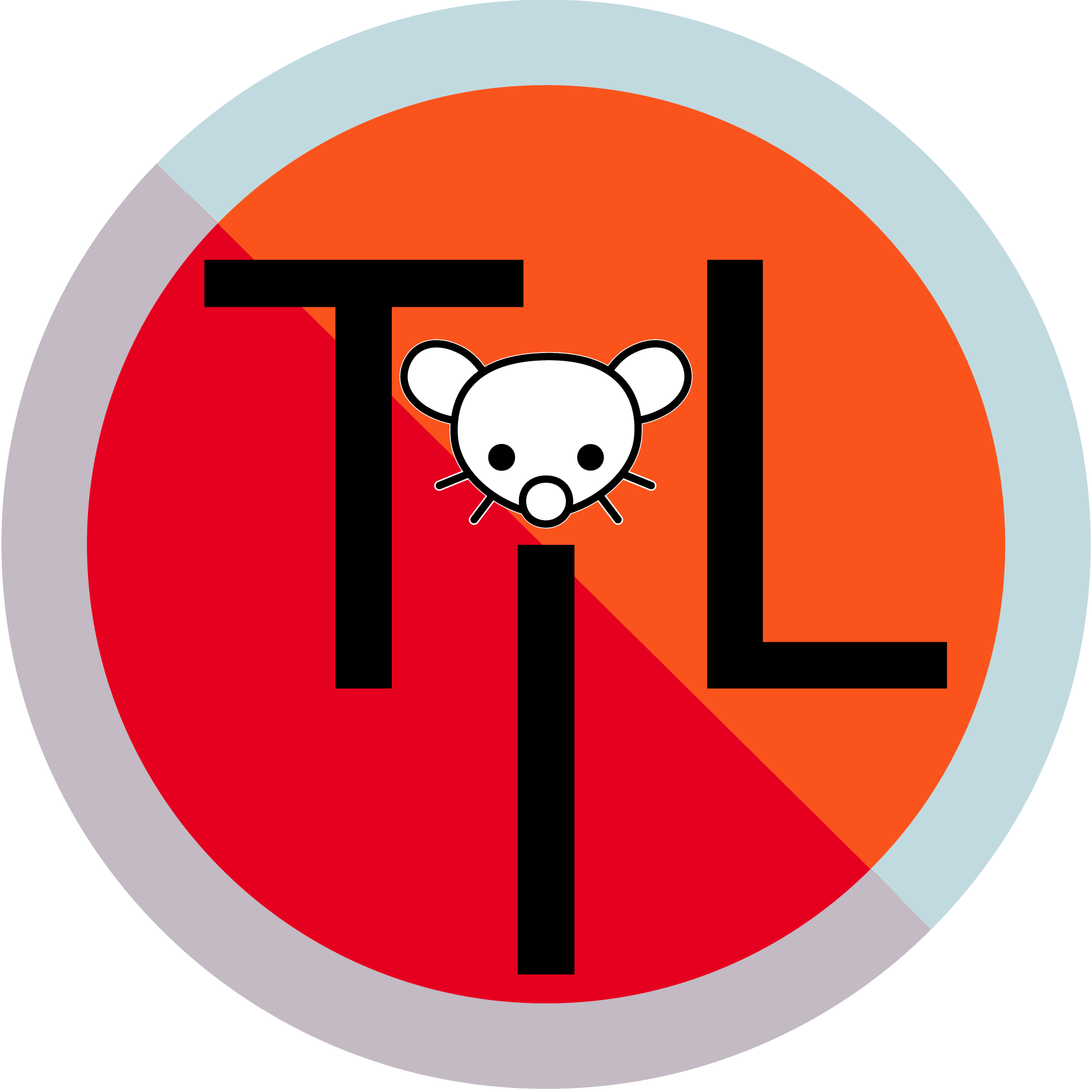

It’s interesting that the phrasing here is that the younger people shouldn’t be allowed to date the older people. The issue with this kind of age gap is the imbalance of power, and whether you realize it or not you’ve just placed the stigma at the feet of the person who’s most likely to be victimized.
Anyway, banning this kind of thing doesn’t work. It happens at a scale that would likely be unenforceable, not to mention that rebellious people will do things because they’re banned
A better approach to harm reduction is education. Meet people where they’re at without shame and explain the risks realistically. And even then, some people just won’t learn until experience teaches them
At the end of the day, if your daughter wants to work out her daddy issues by getting railed by an older man, no amount of pearl clutching is going to prevent that











In this case, they’re related by being played by the same actor. This incarnation of Puss n Boots was definitely influenced by Antonio Banderas’ Zorro